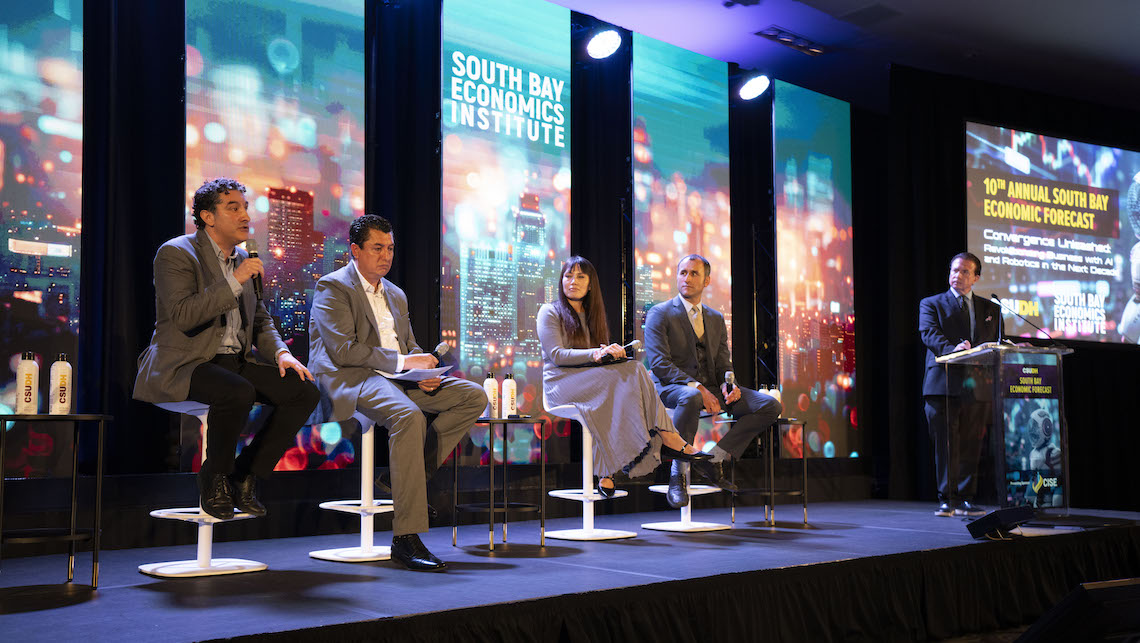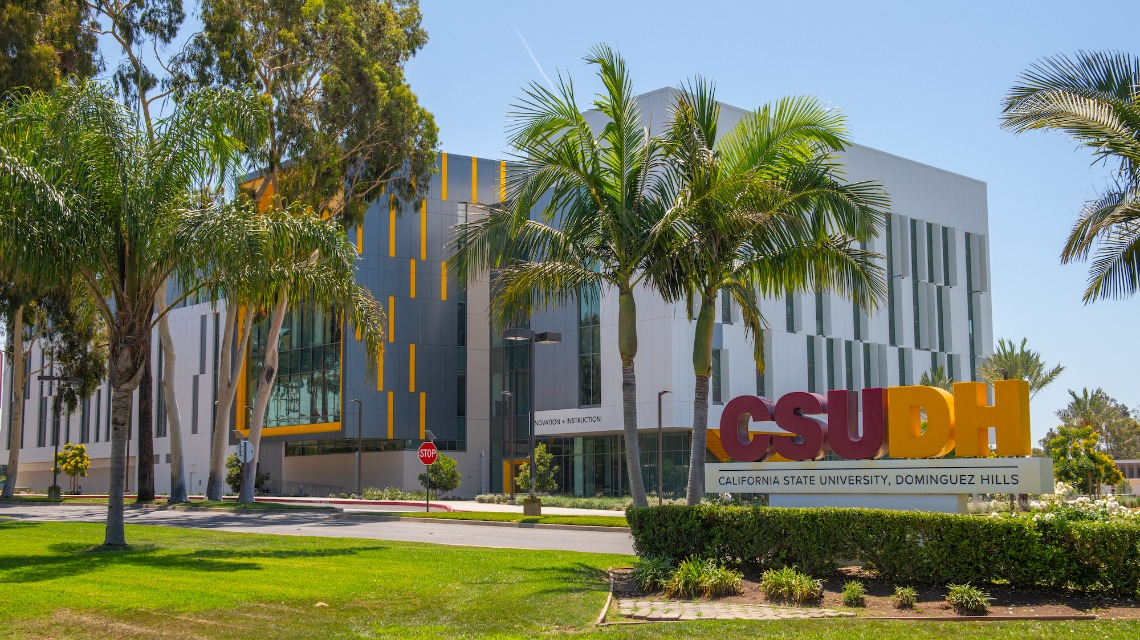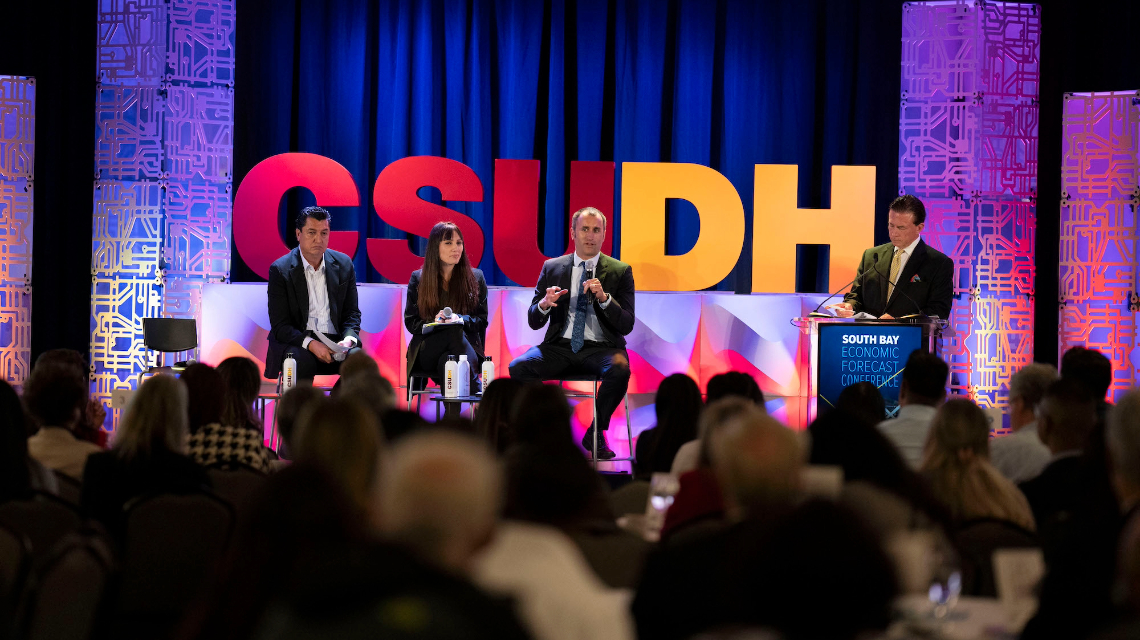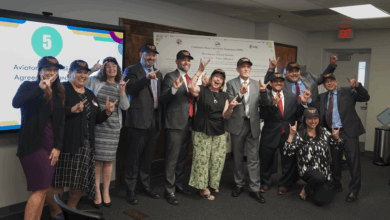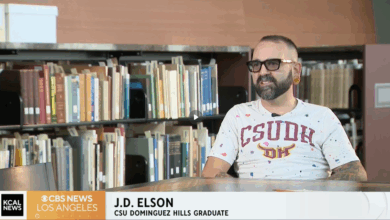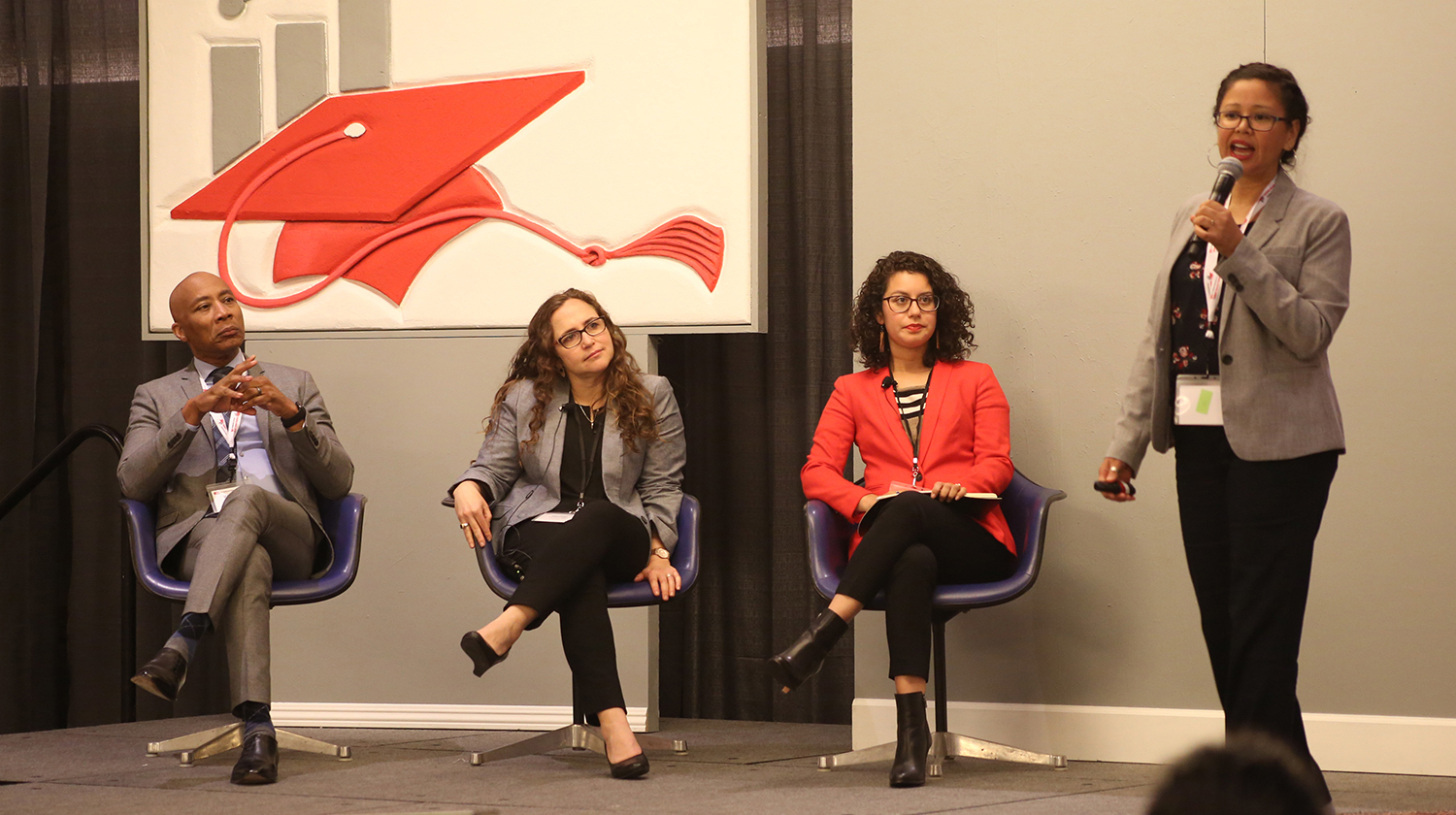
Source: Long Beach Business Journal
In many ways, Cal State Dominguez Hills’ 2020 South Bay Economic Forecast and Industry Outlook paints as grim a picture as any economic analysis of the current situation. Significant job losses, racial inequity among those suffering the harshest impacts of the economic slowdown–Los Angeles County, and by extension the South Bay, have been hit hard.
But there are glimmers of hope that have led the university’s economic expert to feel more confident in the region’s economic future than the projected 15.6% year-over-year increase in unemployment for the second quarter might suggest.
The tech industry, one of the largest employers in the region, has fared well during the pandemic, in part because companies and households have become more tech-reliant while the outside world was continuously shut down.
“Our world’s definitely become smaller and the economy is reflecting that,” Fynnwinn Prager, co-director of the South Bay Economics Institute at CSU Dominguez Hills, said at a virtual panel discussion on the report.
Telecommuting and food delivery are among the existing trends that have picked up speed in the pandemic. In the South Bay, the latter has led to a jump in the number of “ghost kitchens,” cooking spaces that are designed to prep food for delivery only, no inside dining intended.
The Los Angeles-based startup Everytable, which aims to provide healthy food at fast food prices, was presented as one example of a company that has been able to increase sales during the pandemic.
According to the company’s CEO, Sam Polk, the company now delivers 180,000 meals per week from its centralized kitchen to locations across L.A. County, marking a six-fold increase compared to pre-pandemic times.
To reach this impressive level of growth, Everytable has tapped into new opportunities like delivering meals to homeless residents housed in hotels as part of the state’s Project Roomkey and more general trends like meal subscription services.
“It’s been a fascinating acceleration of some of these trends that were already taking place,” Prager noted.
Jose Martinez, fellow panelist and co-director of the institute, said he is expecting the South Bay to make a comparably swift recovery, especially because of the the tech-heavy region’s propensity for innovation.
“As hard of a challenge as our current situation is, it also presents opportunities for some companies to bring new ideas, to innovate,” Martinez said.
How quickly the region recovers will be in part a result of local governments’ ability to adapt to changing business needs, Prager said. Investments in infrastructure that will help trade flow more smoothly through Southern California’s ports of entry–both land and sea–will also play a role, he said.
On account of its weather, well-educated population and attractive natural environment, the South Bay will remain a popular destination for businesses, despite current predictions of urban drain, Prager said.
“In the long run, I don’t think any of us have any concerns about the desirability of not just cities, but our region as a whole,” he said.

